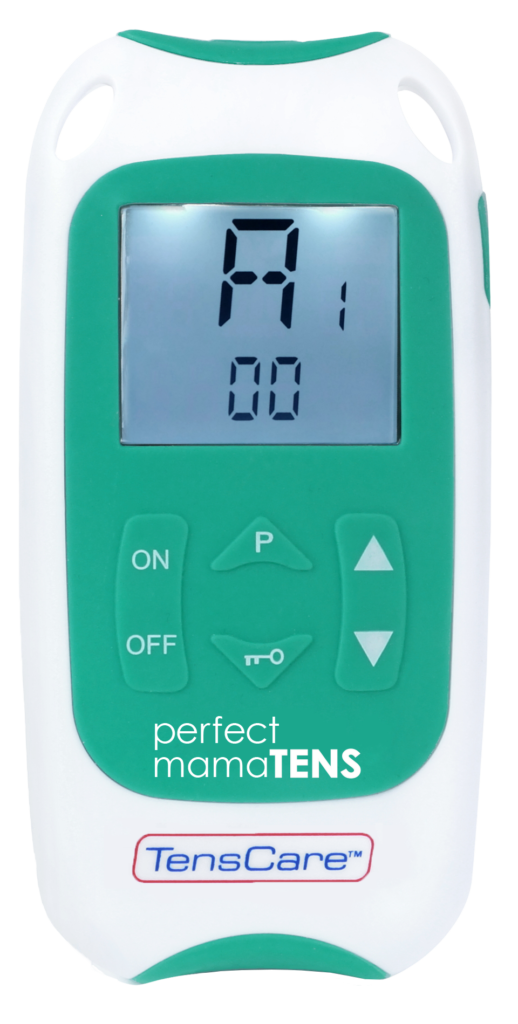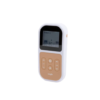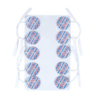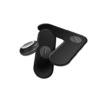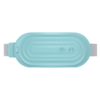What is a Labour Tens Machine and how does it work?

What is a Labour Tens Machine and how does it work?
The pain experienced during labour is different for every woman and can vary pregnancy to pregnancy. Preferences on how to manage that pain also differ, and each expecting mom will have her own ideal plan. Researching the available options is an important step in preparing for your labour.
What is TENS for Labour?
If you would prefer to avoid drugs or other medical interventions and are opting for natural labour pain relief, a TENS machine may be just the thing for you. TENS stands for transcutaneous electrical nerve stimulation. The machine itself is a small box with a clip on the back that you can attach to your clothing. It releases little pulses of electrical energy.
How does a TENS machine work?
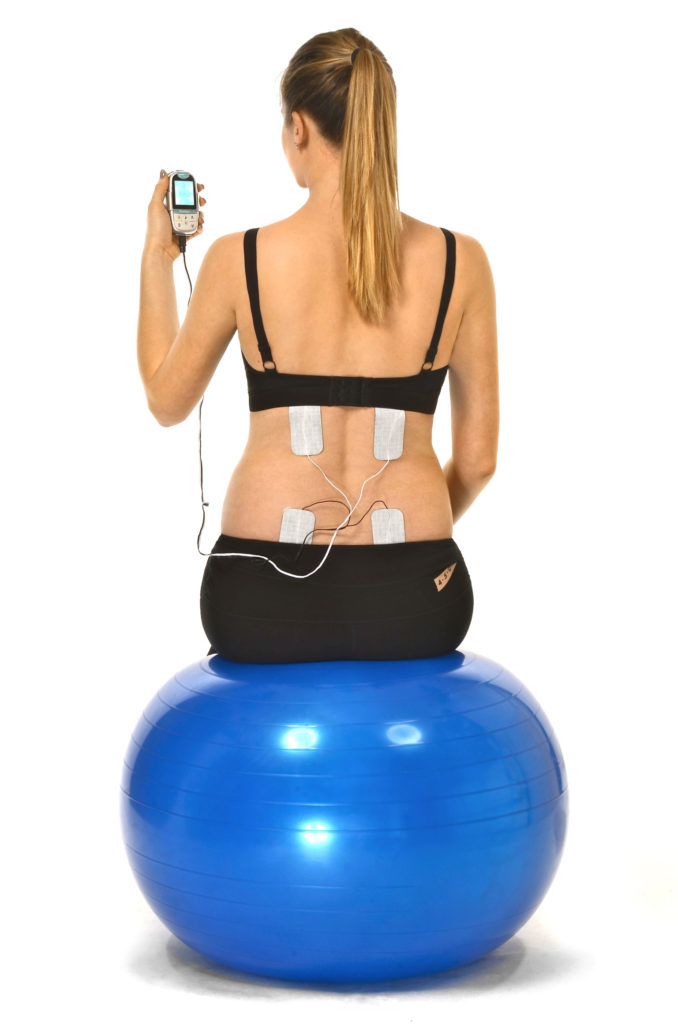
Leading out of the box are four wires connected to sticky pads. Ideally, your birth partner will place the pads on your back for you. Put one pad on each side of your spine, at about bra-strap level. The remaining two pads should be placed further down your back, near the base of your spine. The pads are covered in a gel to help the electrical pulses pass through your skin more easily.
There are dials that allow you to adjust and control the frequency and strength of the pulses. There’s also a boost button for you to hold in your hand and press when you want maximum output from the machine to help you with a difficult contraction. Always follow the instructions that come with your TENS machine.
How does a TENS machine reduce pain?
There are several theories on what makes a TENS machine effective. One is that the electrical pulses prevent pain signals from reaching your brain. Another is that the pulses stimulate your body to release its own natural, feel-good substances, called endorphins.
It’s most likely that various factors interact to make TENS work. It may give you a feeling of control over your contractions, it may help you to feel less anxious, and it also may provide a distraction from your contractions.
When and how should I use TENS?
TENS seems to work best and give you the most effective pain relief when you start using it at the very beginning of your labour. TENS machines are available to rent or buy, so will be able to use it at home before you transition to the hospital (if you’re having a hospital birth).
It generally takes about an hour for your body to respond to the electrical impulses by releasing endorphins, so start using it when you’re getting regular contractions or backache. You may find your machine works better at relieving your back pain rather than abdominal pain.
Start with the controls at their lowest settings and gradually turn them up as your contractions or back pain gets more intense. You can use the boost button at the peak of your contractions for a little extra relief.
What are the advantages?
- It’s portable and non-invasive.
- It’s under your control.
- It’s easy to use.
- You can keep moving while using it.
- You can use it for as long as you want and then take it off. There are no lasting side-effects.
- It’s safe for your baby.
- You don’t need an anesthesiologist, doctor or midwife to administer it, so you can start using it as soon as you want to.
- It can be used for a home birth.
What are the disadvantages?
- You will need someone to help you put the pads on.
- It may only help in the early stages of labour.
- It may be difficult to find a TENS machine in your area. (http://www.motherschoiceproducts.com/) you can purchase or find a store.
- It may have to be removed if your baby’s heart has to be monitored electronically.
- If you want to use a birthing pool or have a bath, you can use TENS before you get in the water, but not when you are in the water.
- It can make it more difficult for your birth partner to massage your back, which can be an effective form of pain relief.
Useful tips
· Don’t give up right away if you think your TENS isn’t doing anything. It usually takes at least an hour of using it for your body to build up endorphins in response to the stimulation.
· Take the pads off every three hours and reapply the gel to ensure good contact with your skin.
· Keep mobile. Moving around during labour helps women feel more in control and should, therefore, enhance the effect of TENS.
· If you don’t feel like it’s helping you, take it off and don’t feel bad. You’ve lost nothing. All other forms of pain relief, both medical and non-medical, are still open to you.
Where do I find a TENS machine?
You may need to call a midwife clinic to track a TENS machine down. Or if you are lucky enough to have an obstetrical physiotherapist in your town, try calling her office. Your doctor or midwife should be able to help you track one down; ask for their help during a prenatal appointment.
Once you find a TENS machine, the midwife will show you how to use it during your labour. Prices will vary but generally hang around $100. You can usually find TENS machines at midwife clinics, select pharmacies, or online.

